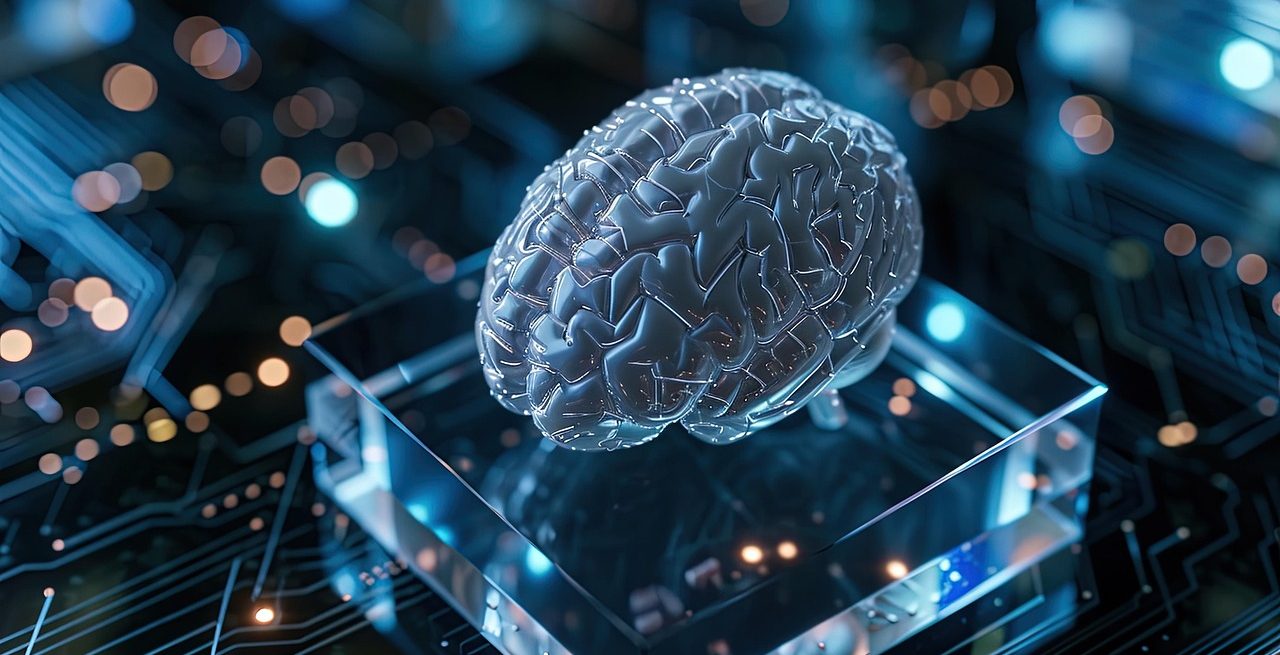‘AI Has the Potential to Truly Become the Brain of the Restaurant.’
6 Min Read By MRM Staff
“As the restaurant industry appears to increasingly embraces AI, the journey to full-scale transformation is still a work in progress," said Evert Gruyaert, restaurants and food service industry leader, Deloitte. "Leveraging AI to create personalized experiences and deeper connections with consumers can be an effective strategy. However, to unlock AI’s potential, leaders will likely need to balance innovation and operational discipline, strengthen governance, and address capability gaps to help optimize operations, boost margins and future-proof their business — in both the front and back of house.”
How AI is Revolutionizing Restaurants, a Deloitte report based on a survey of 375 global restaurant executives in 11 countries fielded during Q4 2024, explores how operators are using AI.
Among the findings:
Eight in 10 (82 percent) plan to increase investments in AI technologies over the next fiscal year, with enhanced customer experience (60 percent), improved…
Sorry, You've Reached Your Article Limit.
Register for free with our site to get unlimited articles.
Already registered? Sign in!

